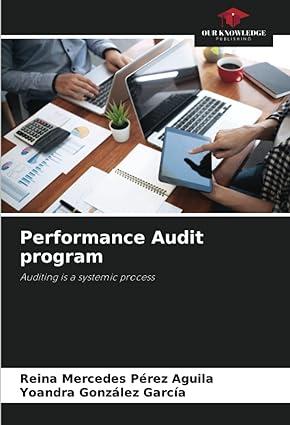| Just need help with part b. Thank you! | Problem 17-10 (Part Level Submission) Bridgeport, Inc. had the following equity investment portfolio at January 1, 2020. | Evers Company | | 1,050 shares @ $15 each | | $15,750 | | | Rogers Company | | 890 shares @ $22 each | | 19,580 | | | Chance Company | | 490 shares @ $8 each | | 3,920 | | | Equity investments @ cost | | | | 39,250 | | | Fair value adjustment | | | | (7,510 | ) | | Equity investments @ fair value | | | | $31,740 | | During 2020, the following transactions took place. | 1. | | On March 1, Rogers Company paid a $2 per share dividend. | | 2. | | On April 30, Bridgeport, Inc. sold 300 shares of Chance Company for $12 per share. | | 3. | | On May 15, Bridgeport, Inc. purchased 90 more shares of Evers Company stock at $16 per share. | | 4. | | At December 31, 2020, the stocks had the following price per share values: Evers $17, Rogers $21, and Chance $7. | During 2021, the following transactions took place. | 5. | | On February 1, Bridgeport, Inc. sold the remaining Chance shares for $7 per share. | | 6. | | On March 1, Rogers Company paid a $2 per share dividend. | | 7. | | On December 21, Evers Company declared a cash dividend of $3 per share to be paid in the next month. | | 8. | | At December 31, 2021, the stocks had the following price per share values: Evers $19 and Rogers $23. | | |






